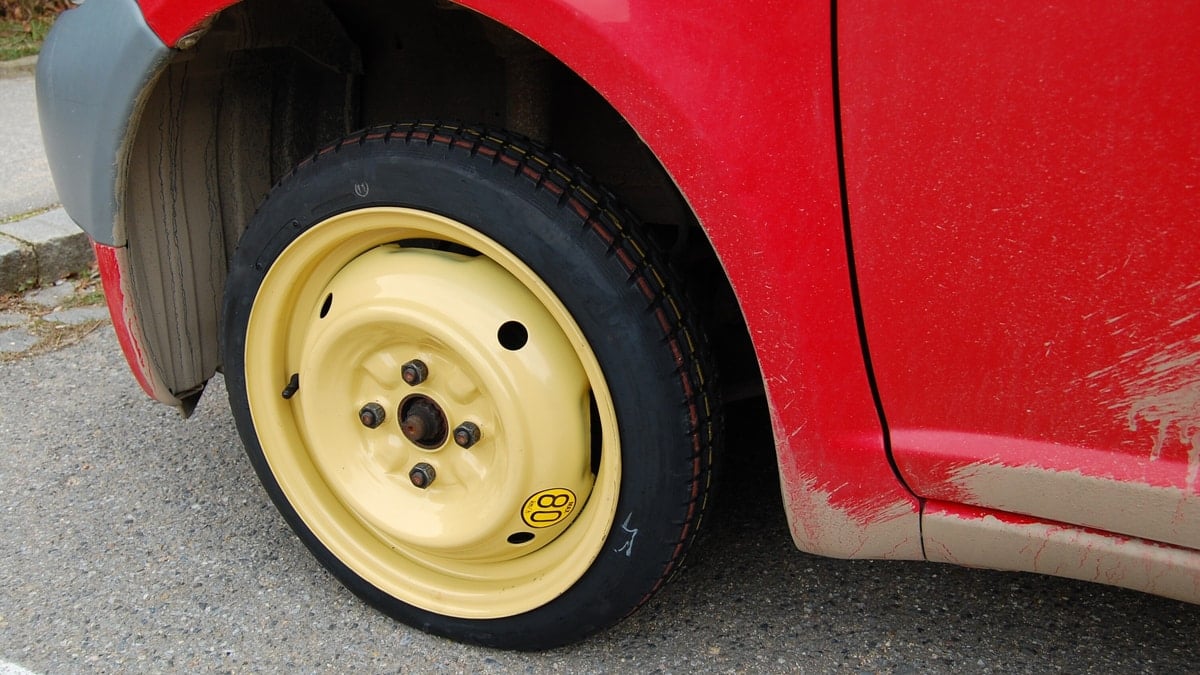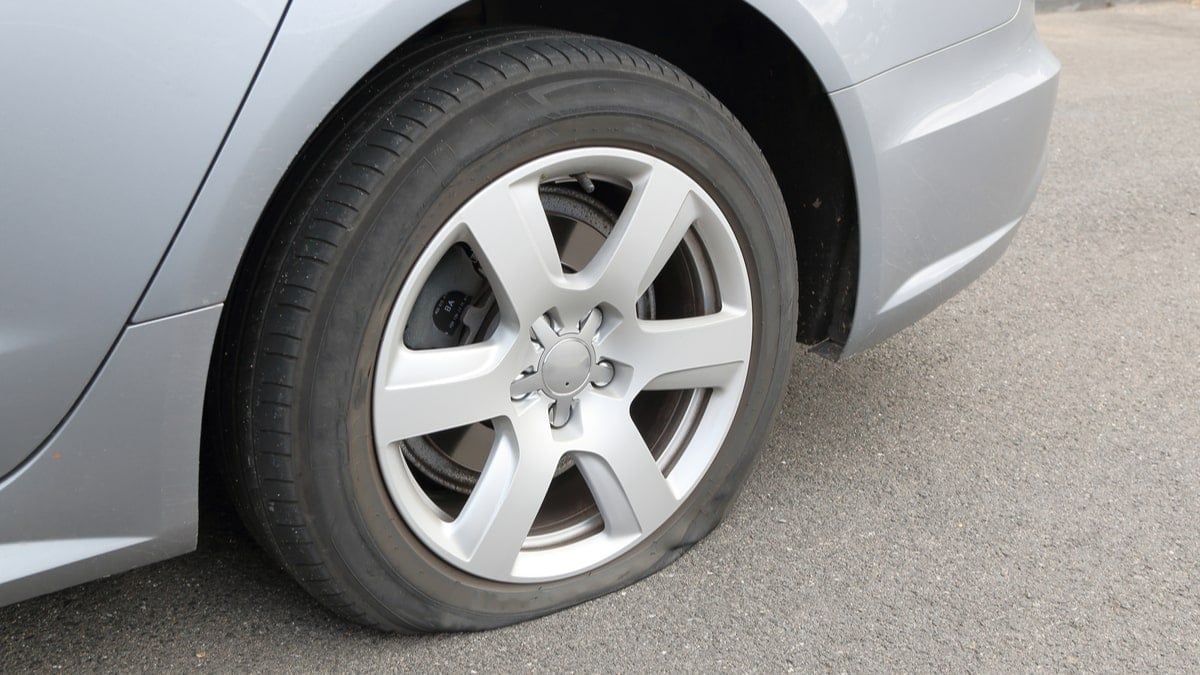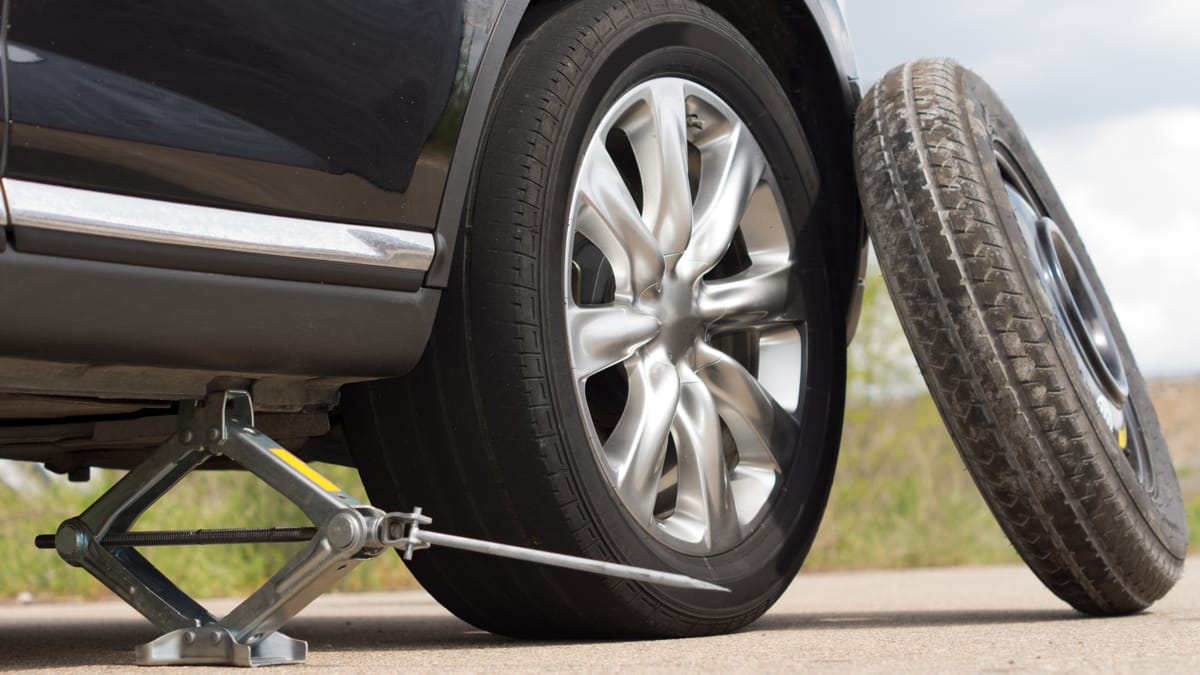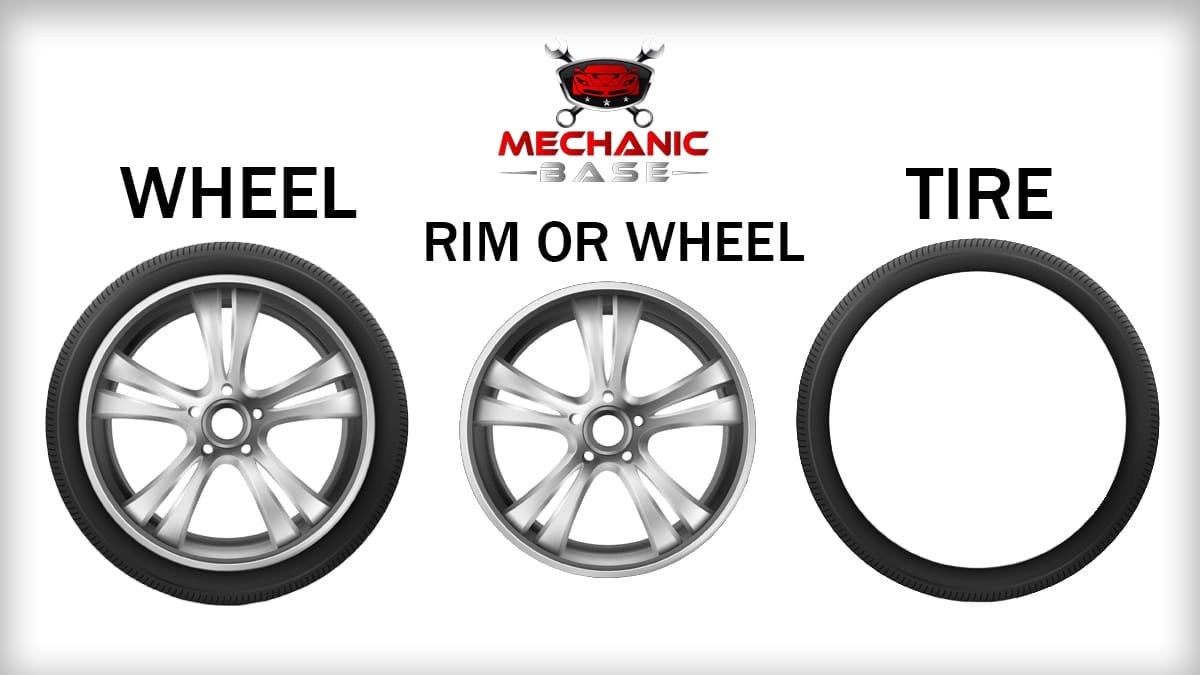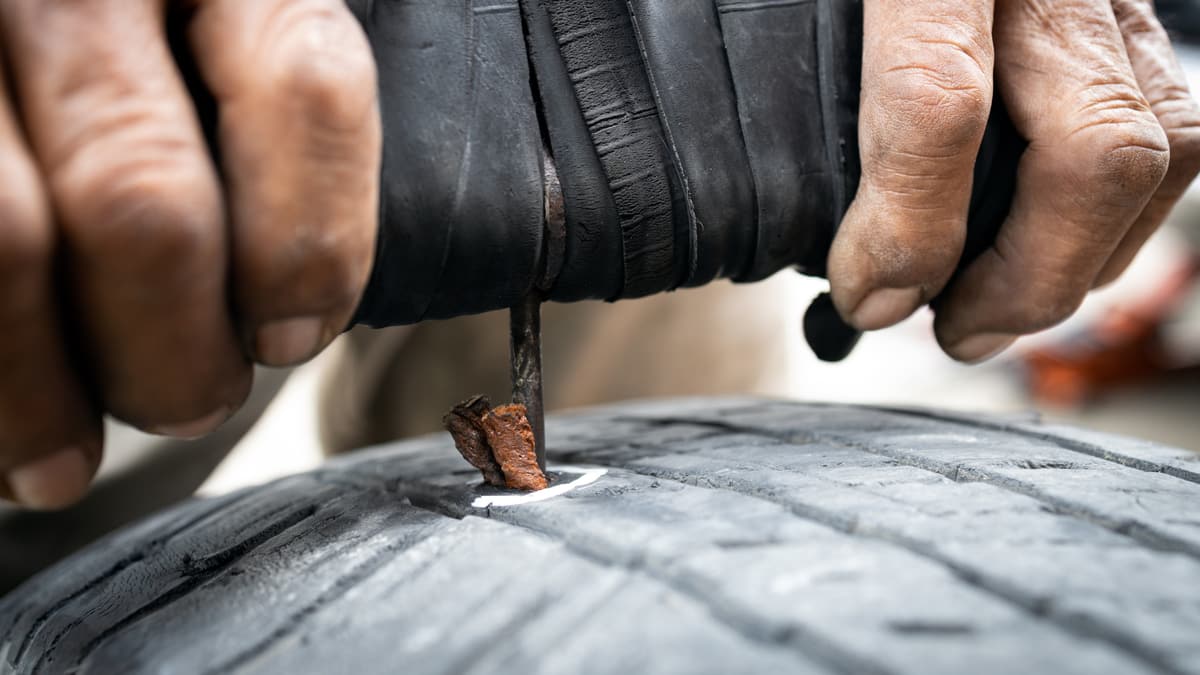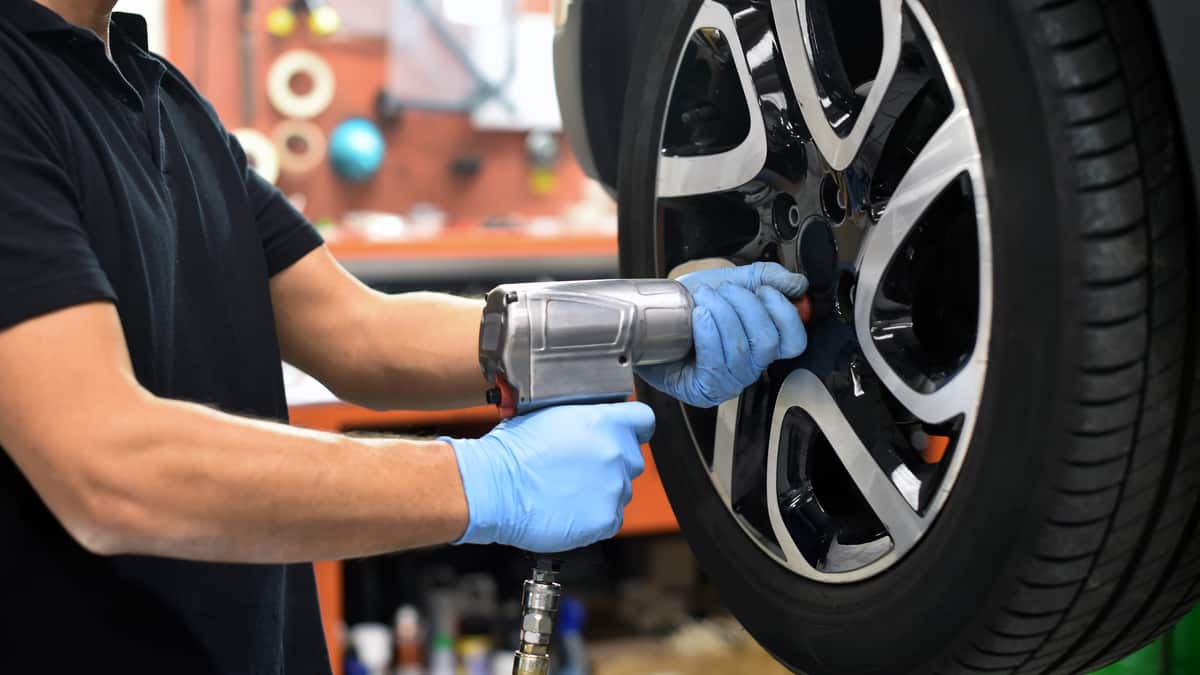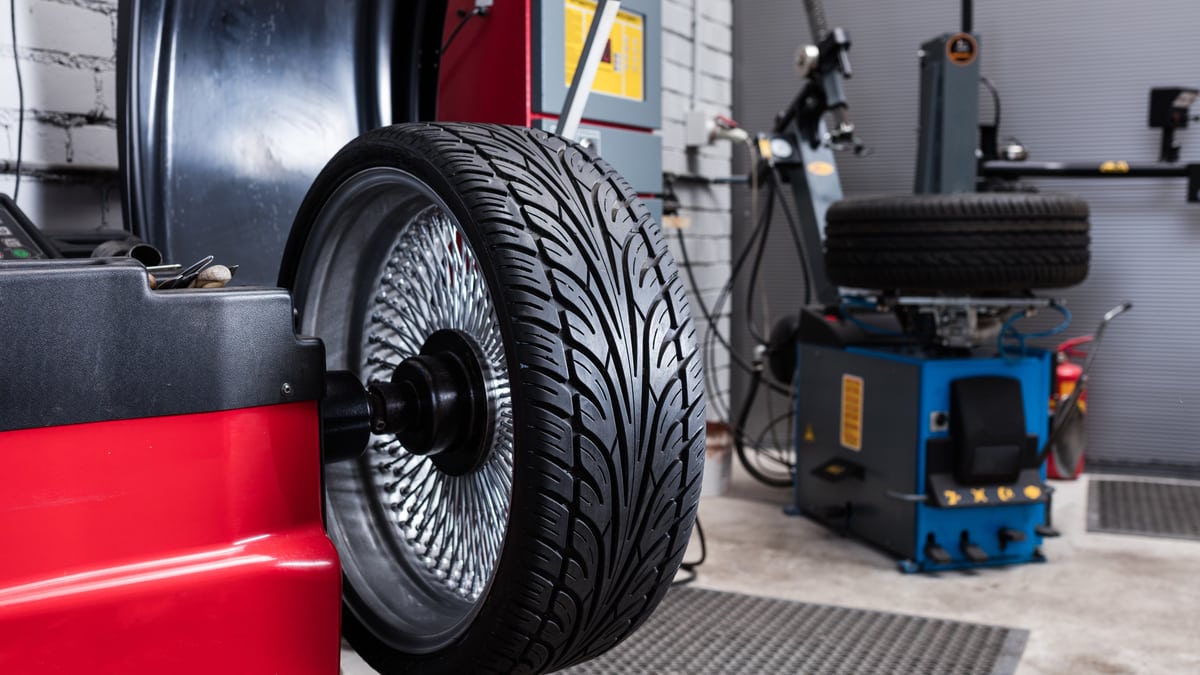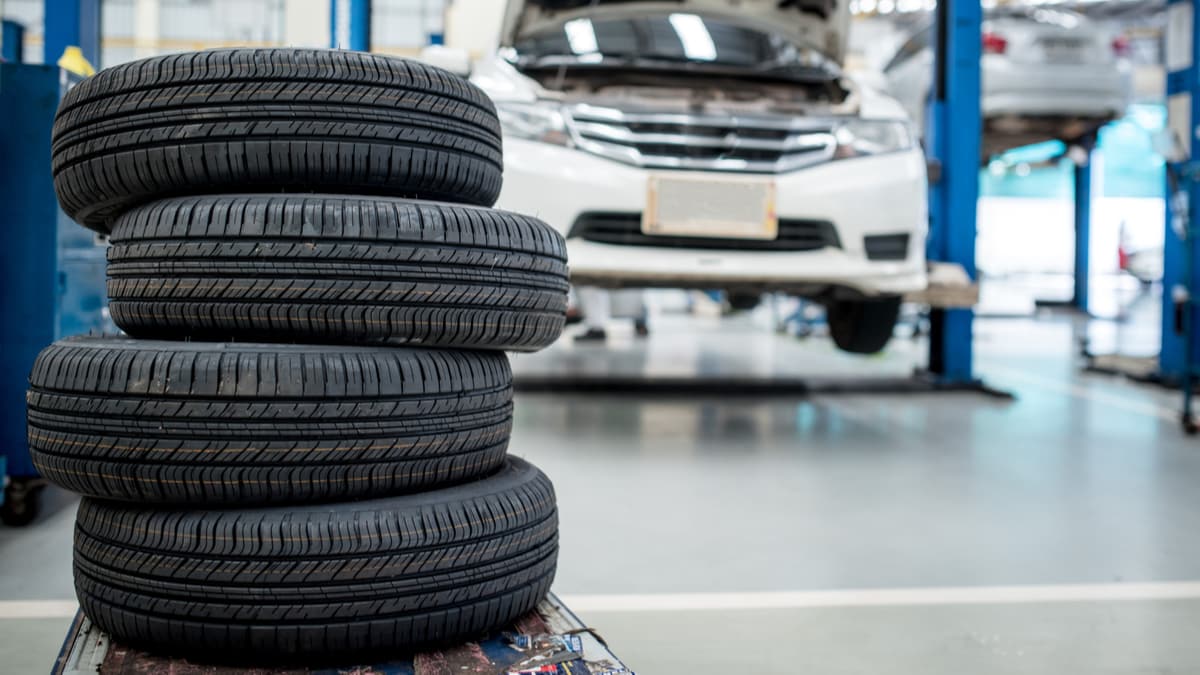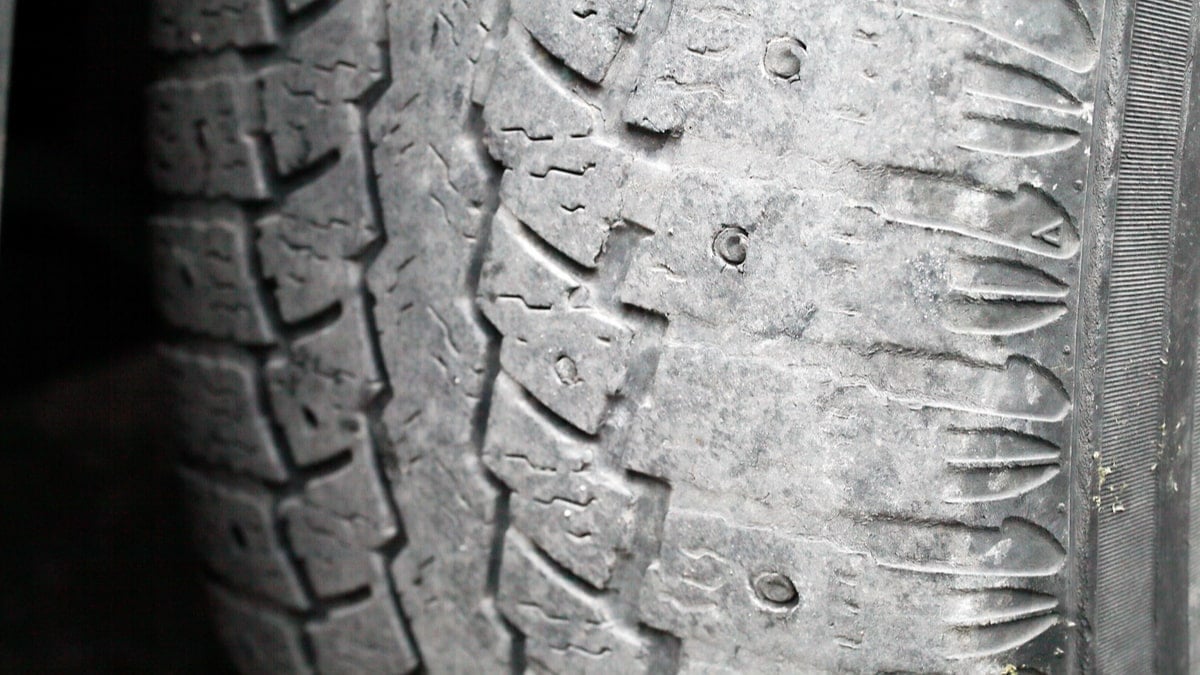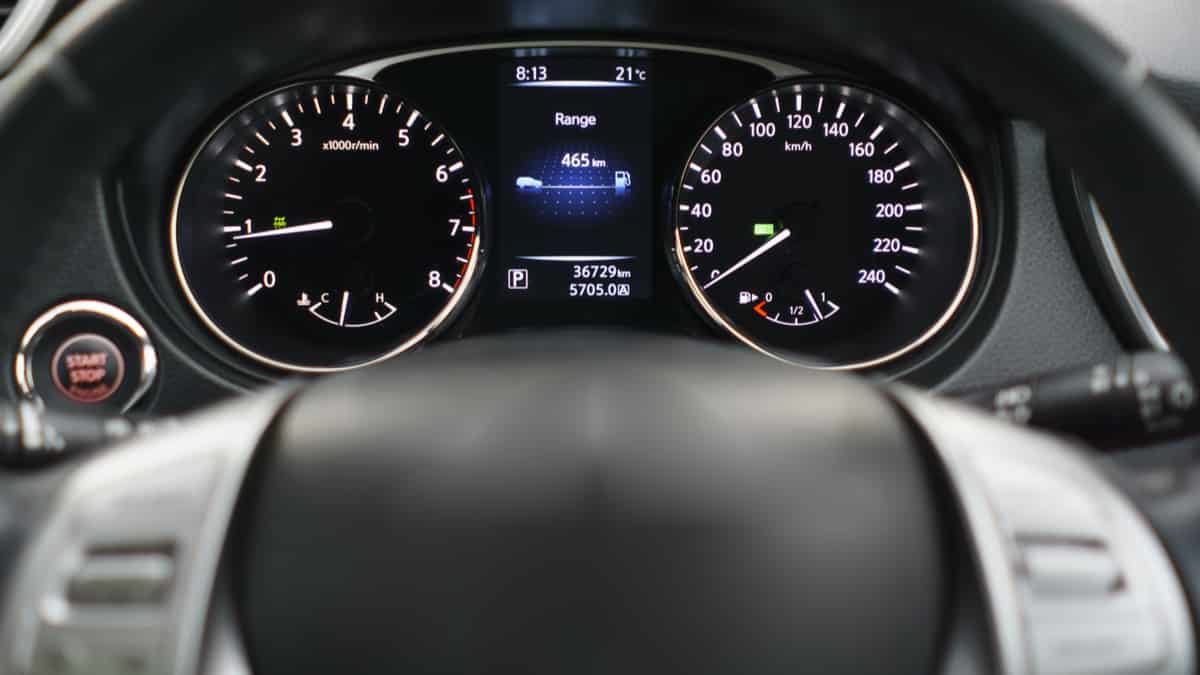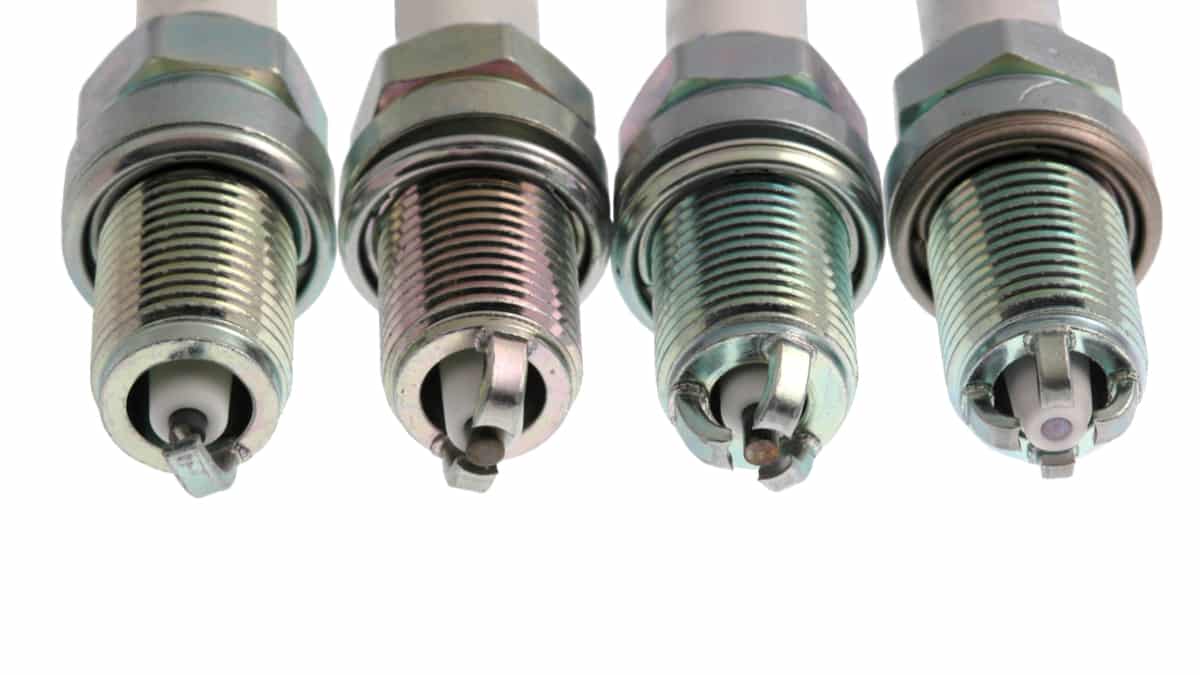If you’re like most people, you don’t think about your spare tire until you have a flat tire, and it’s needed. Once a tire goes flat, your smaller donut tire becomes a lifesaver. What is the donut spare tire, and why isn’t a full-size tire used in its place?
I examine your top donut tire questions. Additionally, I will examine why the donut spare tire is used vs. a regular full-size tire. I will also look at how to treat a donut spare tire and the cost of replacing it.
What Is A Donut Spare Tire?
The donut spare tire is the smaller tire that’s included with some vehicles to use when a full-size tire goes flat. The donut tire is also known as the temporary spare tire. It’s smaller than a normal tire, so it’s not designed to be used as a regular tire.
You should only use a donut spare when one of your regular tires goes flat or needs to be replaced. Because the donut is smaller, it can fit easily in the car’s trunk. However, they aren’t meant to handle the same kind of travel as a regular tire. You only want to use it to get to the tire shop for a repair.
The donut spare tire is used for emergencies only and should not be used with regular tire rotations. Once you are finished using it, the tire gets returned to its original location.
Why Are Donut Tires Used?
Car manufacturers use donut spare tires because it cuts down on cost. To include a full-size tire as a spare, the price would dramatically increase, which would need to be passed on to the buyer. Using a donut spare keeps the sticker price reasonable. That’s why you’ll almost never find a full-size spare on anything meant for the budget-minded consumer.
A full-size spare tire also takes up a lot of space. With a donut tire, cargo space is freed up for other gear. You might not notice the difference, especially if you have a larger vehicle like an SUV or pickup truck, but compact vehicles don’t normally have the room. Plus, automakers want to boast about how much cargo space is included with each vehicle.
On top of that, the temporary spare weighs much less than a standard tire. The weight of the vehicle is dramatically decreased when a donut is used. The lighter a vehicle is, the better the performance is, and the more efficient it becomes.
These donut spare tire advantages don’t negate the downsides. Donut tires don’t allow for good performance. Not only will traction be limited, but it is often harder to brake and the handling will be terrible. You will need to use exceptional care when driving with the donut spare tire.
RELATED: How Much Does A Tire Weigh? (Average Weight by Vehicle Type)
Does a Donut Tire Fit Any Car?
No. You can’t use the same donut tire on multiple vehicle models. Each donut spare tire is designed to fit on a particular vehicle. You need to choose the right spare for your vehicle to ensure proper on-road safety.
A donut tire can have the right amount of lug nut holes and feature a comparable pattern to your standard tire, but even then, it’s possible it still won’t fit. That’s why you need to look at the tire rating, size and weight as well.
Just as you shop for regular tires, you want to use the same criteria with your spare. Call someone that can find compatible spares, or search online to see what works for your vehicle.
Can Donut Tires be Repaired?
You should never attempt to repair a donut spare tire. No reputable shop is going to do it, because it’s dangerous. There is a reason that the donut spare is known as a temporary tire. It shouldn’t be used for anything else.
The rubber of the donut spare isn’t designed with the same integrity as your standard vehicle tire. The tread isn’t going to be as deep, and the rubber is thinner. If you attempt to plug the spare tire, it’s not going to hold, and your life will be in danger.
If there’s something wrong with the spare tire, you need to replace it. It’s also wise to replace the spare tire after eight years, even if it hasn’t been used. The materials in a spare tire degrade over time, leaving you without a reliable spare.
How Long Can I Drive on a Donut Spare Tire?
Ideally, you don’t want to drive the donut spare tire more than 50 miles with a donut spare tire, but less is always better. Additionally, you shouldn’t run the tire faster than 50 mph. If you can go slower with your hazards on, that would be even better.
Once you put a spare tire on in place of the regular tire, you need to know how long it’s safe to drive on. In general, it’s only meant to get you to the tire shop.
RELATED: How Long Can You Drive On a Spare Tire? (& How Fast?)
How much does a Donut Spare Tire Cost?
The average spare tire cost varies depending on what size your vehicle requires. The cost also varies based on where you decide to purchase the spare. You can find some donut spares for as little as $50. However, it’s also possible to spend more than $300, depending on what you need.
The cheapest place to purchase a donut spare is often at a local tire shop. However, it can take a lot of work to find the type that fits your vehicle, especially if they don’t have what you need in stock. Donut spare tires are also called space-saver spare tires in some stores.
You can also purchase a spare tire at an online tire retailer. With the right platform, you search by the vehicle year, make and model. The platform will match up the available types that match your vehicle. However, you will be responsible for shipping the tire, which can be an added cost you don’t want to deal with.
Aside from a local tire shop, you might also consider buying the donut spare at Amazon. There are multiple types of available spares, but you won’t find one for every vehicle. Thankfully, Amazon has a compatibility feature, so you can easily see what works for your vehicle type.
How to Maintain a Donut Spare Tire
It’s important to keep your spare tire in good shape. When you have a flat tire, you will need a reliable spare to ride on. Check the spare tire often and look for any signs of cracks or wear. If it doesn’t look right, go ahead and replace it.
Additionally, you want to make sure that the spare tire has an appropriate amount of air inside. Most spare tires require 60 psi of air. However, you want to check the manufacturer’s recommendation in the owner’s manual before filling it up. You can put air in the spare tire, just like you do with a regular tire. Don’t drive on the spare tire if it is flat.
However, some donut spare tires on newer car models are so-called Run-flat tire, which doesn’t contain air, so you don’t have to worry about further tire punctures. Some car models also use tire puncture kits instead of a spare tire, which can be good if you only have a minor puncture. If there is major damage, a spare tire is preferable.
Categories: Tires
